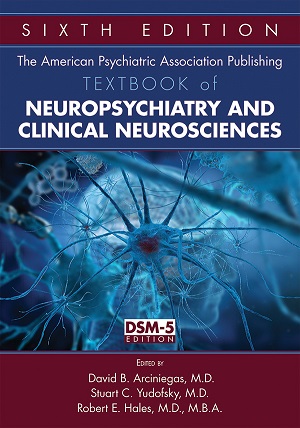Sections
Excerpt
The medical management of patients with hypoxic-ischemic brain injury has improved substantially over the last 25 years. Although advances in prehospital care and critical care management of the conditions causing hypoxic-ischemic brain injury (e.g., cardiac arrest, carbon monoxide poisoning, respiratory failure) have improved overall survival rates and long-term outcomes, these remain conditions that present substantial clinical challenges and entail substantial neuropsychiatric morbidity (Betterman and Patel 2014; Elmer and Callaway 2017; Howard et al. 2011; Sadaka 2013). Cognitive impairment, parkinsonism, seizures, and other neurobehavioral sequelae are among the most common consequences of hypoxic-ischemic brain injury, and their occurrence is associated with postinjury disability and reduced quality of life for affected persons and their families (Arciniegas 2010). In this chapter, we review the neurophysiology of some of the different mechanisms of hypoxic-ischemic brain injury, the neuropsychiatric sequelae of hypoxic-ischemic brain injury, and diagnostic and treatment options.
Access content
To read the fulltext, please use one of the options below to sign in or purchase access.- Personal login
- Institutional Login
- Sign in via OpenAthens
- Register for access
-
Please login/register if you wish to pair your device and check access availability.
Not a subscriber?
PsychiatryOnline subscription options offer access to the DSM-5 library, books, journals, CME, and patient resources. This all-in-one virtual library provides psychiatrists and mental health professionals with key resources for diagnosis, treatment, research, and professional development.
Need more help? PsychiatryOnline Customer Service may be reached by emailing [email protected] or by calling 800-368-5777 (in the U.S.) or 703-907-7322 (outside the U.S.).



